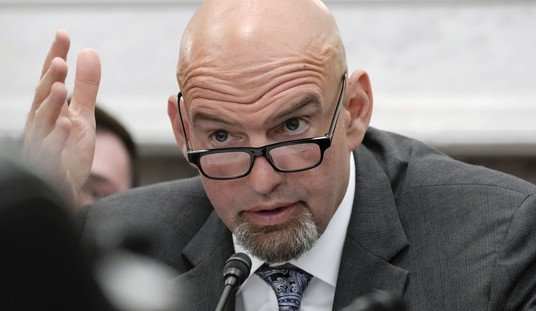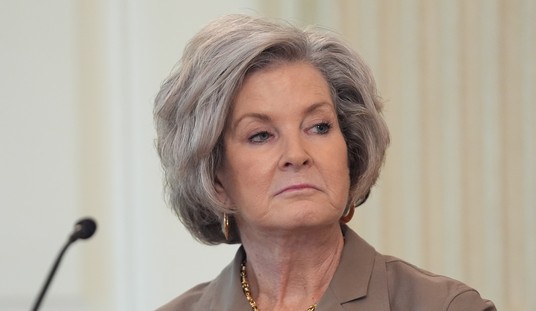F. Scott Fitzgerald once wrote a story about a family that discovered a diamond as big as the Ritz-Carlton Hotel sitting beneath a mountain in a remote corner of Montana.
The big rock presented a great dilemma. Selling off tiny pieces could yield a massive fortune. But if the world uncovered its existence, diamond prices would plummet.
To maintain their secret -- and an artificial scarcity in diamonds -- the family became tyrants, imposing absolute control over five square miles of Montana. Involuntary servitude, extrajudicial incarceration and old-fashioned homicide were just some of the tools they used the keep their jewel -- and all knowledge of it -- within the family.
I was reminded of Fitzgerald's story recently when I read the written testimony that the Government Accountability Office presented to an obscure congressional panel called the Science, Space and Technology Subcommittee on Energy and Environment.
The testimony was a real page-turner, enticingly titled, "Unconventional Oil and Gas Production: Opportunities and Challenges in Shale Oil Development."
Like many Americans, I had heard something about shale oil in the Rocky Mountains. But it was not a topic I had even thought of looking into until I noticed the gas stations between my home and office were selling unleaded for about $4 per gallon.
Recommended
The GAO testimony discussed the Green River Formation -- a geological feature where Colorado, Utah and Wyoming come together.
The U.S. Geological Survey, the testimony said, "estimates that the Green River Formation contains about 3 trillion barrels of oil, and about half of this may be recoverable, depending on available technology and economic conditions.
"The Rand Corp., a nonprofit research organization, estimates that 30 to 60 percent of the oil shale in the Green River Formation can be recovered," said GAO.
"At the midpoint of this estimate, almost half of the 3 trillion barrels of oil would be recoverable," said GAO. "This is an amount about equal to the entire world's proven oil reserves."
Wait! What? Say that again! "About equal to the entire world's proven oil reserves!"
Since the GAO testimony cited the Rand Corp., I poked around to see what Rand had said about the Green River Formation.
On June 3, 2011, Rand's James T. Bartis appeared in the House Energy and Commerce Subcommittee on Energy and Power.
"At crude oil prices of $100 per barrel, the value of the oil that might be recovered from federally owned land is over $60 trillion," Bartis said in written testimony. "The public wealth embedded in our oil shale lands is staggering."
The current national debt -- staggering in itself -- is about $15.6 trillion, or a little more than one fourth of the $60 trillion that Bartis said might be derived from federally owned shale-oil deposits.
But how do these oil lands compare in size to a Ritz-Carlton Hotel? Bartis mentioned what he called "the geographic concentration of this vast resource."
"Most of the high value resources lie within in a very small area (roughly 30 by 35 miles) within Colorado's Piceance Basin and within a small portion of the nearby Uinta Basin within Utah," he said.
A map that GAO published with its testimony shows that the Piceance and the Uinta basins that Bartis mentions lie in an area of few roads that sits west of Meeker, Colo., north of Grand Junction, Colo., south of Vernal, Utah, and east of Price, Utah.
To be sure, as both Bartis and the GAO point out, developing the shale oil these lands hold will pose technical, environmental and social challenges.
In the meanwhile, you can expect many liberals in the federal government to treat the oil deposits in the Green River Formation the way F. Scott Fitzgerald's villainous family in "The Diamond as Big as the Ritz" treated their family jewel. They will want to keep it as secret as possible and develop it as little as they can.
They, too, will seek to maintain an artificial scarcity. And the longer they do, the sooner you will be riding mass transit.
In any event, as the late economist Julian Simon might have pointed out, history is again proving the environmentalist ideologues wrong. The physical resources God gave us are not limited in any practical sense. And you do not need to trek to the Western deserts to see that. You can simply look to the sky tonight and see sun after sun burning with an energy that a free and energetic people might someday tap.
And, for now at least, even the man in the White House says he is for solar power.

























Join the conversation as a VIP Member